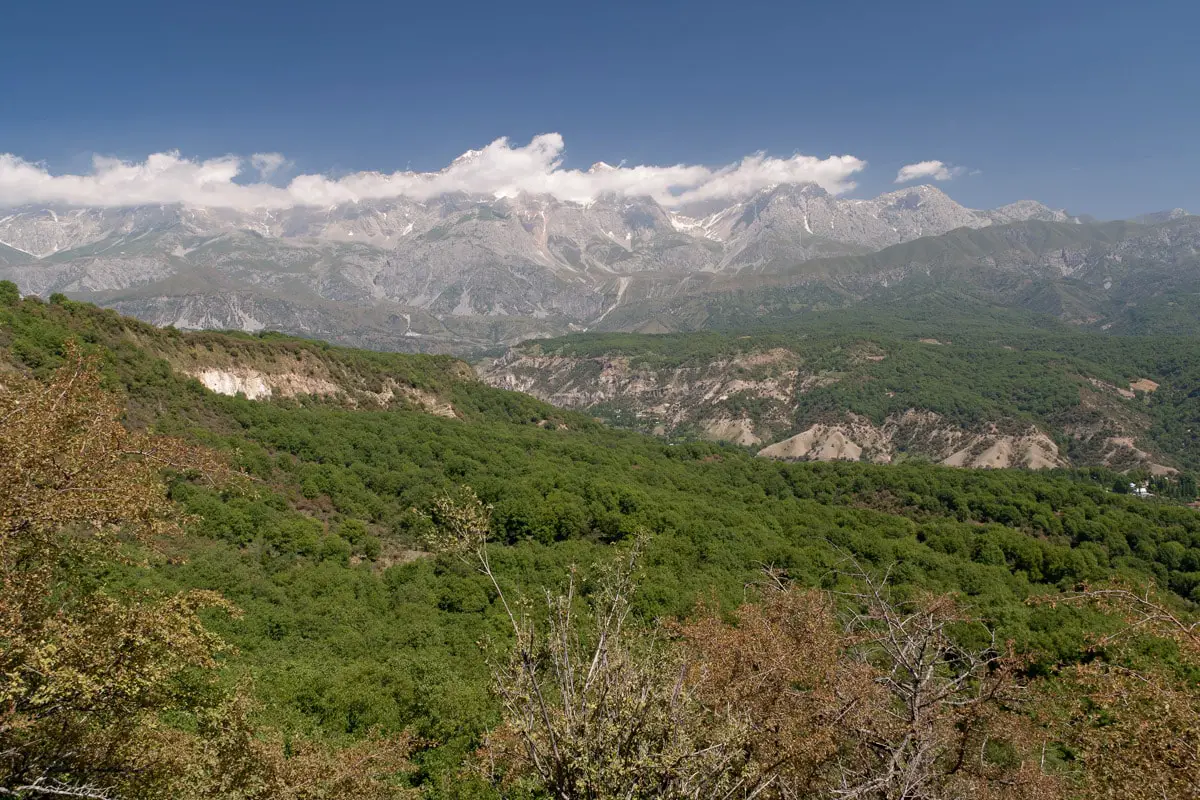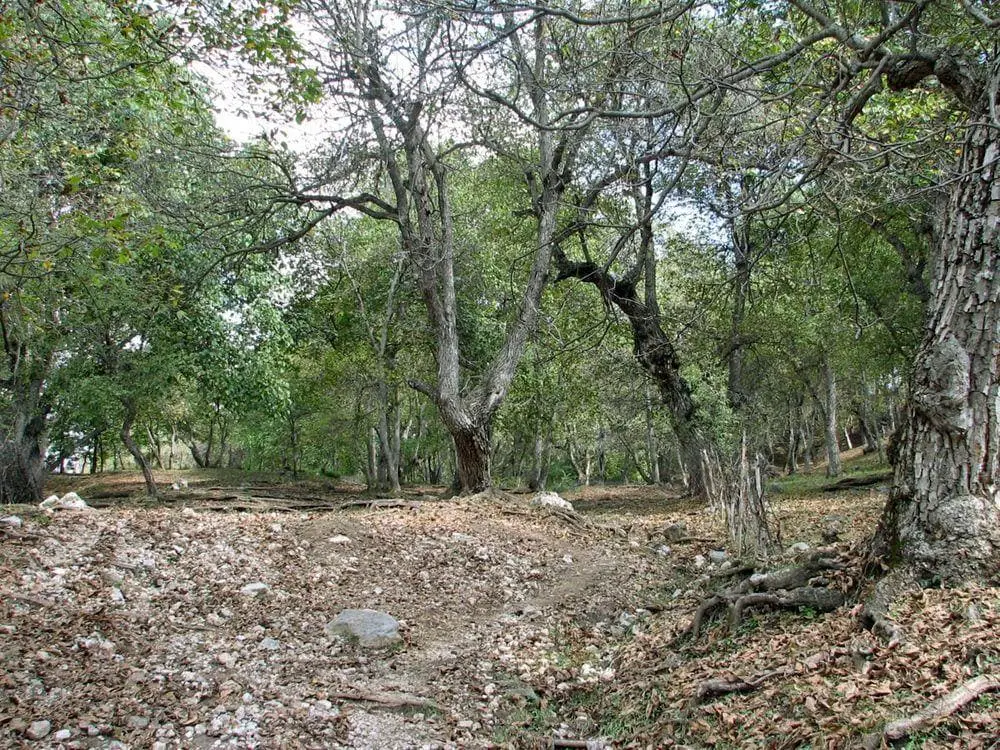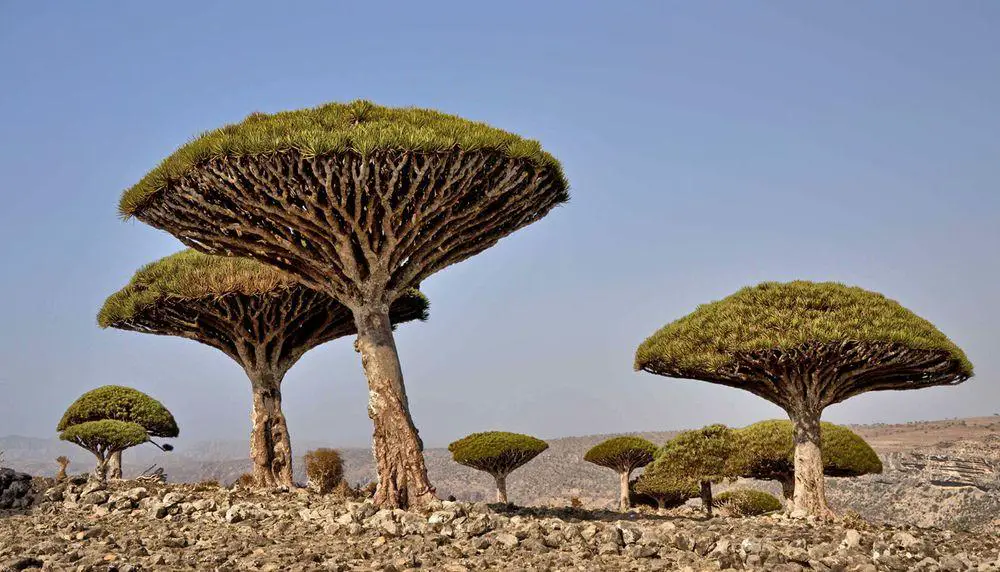Wonder
Arslanbob Forest

 In short
In short
World’s largest walnut forest – Arslanbob Forest – is located in the mountains of Kyrgyzstan. Each year there are collected some 1,500 tons of walnuts thus making this forest the largest single source of these nuts in the world.
 43.8%
43.8%
GPS coordinates
Location, address
Name in Kyrgyz
Dominant species
Area
Map of the site
If you see this after your page is loaded completely, leafletJS files are missing.
 In detail
In detail
Walnuts
Walnuts (Juglans regia) grow in the enormous area from the Balkans to southwest China. Since the 17th century, it has been introduced in America as well.
Walnut is a valuable tree, well-known thanks to its beautiful wood and exquisite nuts. This large tree is light-demanding and needs full sun and rich soil.
There is not much undergrowth under the tree – its leaves contain juglone, a natural herbicide. As a result groves of walnut are similar to shaded parks.
Walnut is considered to be one of the most valuable temperate hardwoods but even more valuable are nuts. The nuts of this tree have very high quality, oil is richly flavored. Different parts of the plant are used in medicine.
History of Arslanbob Forest
According to research data, the world’s largest walnut forest is not too old. Some 2,000 years ago here were growing other trees – junipers, birch trees, ashes. An enormous forest of walnuts appeared approximately 1,000 years ago.
According to local legends the origin of this forest is linked to Prophet Muhamed. His envoy was searching for paradise on Earth and found one at present-day Arslanbob. This was a beautiful valley with a crystal-clear stream. Only the trees were missing. Thus prophet sent to him a bag of seeds of fruit trees including walnuts. Envoy planted the seeds and tended the garden for many years.
Another story goes further into the past: according to this story the walnut forest was here already in the times of Alexander the Great (the 4th century BC) and Alexander brought a sack of walnuts back, to Greece, thus introducing this tree in Europe.
Research shows that the area of groves in the past was 630,900 ha (now – some 11,000 ha). Overexploitation, especially grazing has led to a decrease in the forest area.
In 1945 there was an organized forest research station with an aim to establish commercial plantations and to increase yields.

Arslanbob Forest today
This unique forest – orchard grows on the south-facing slopes of the Fergana range, at the height of some 1,500 – 2,000 m. Down in the valley is located the small town of Arslanbob which in many ways depends on this forest. Not too far is located another large walnut forest – Dashman Forest Reserve.
Trees in the Arslanbob forest grow up to 150 – 200 years old creating an impressive fairy-tale landscape of an endless, shady orchard. This forest is divided among the families of local people. At every time of the year, this is an impressive, interesting place to visit. Here are found natural and man-made landmarks, such as several impressive waterfalls (two best-known falls are 80 m and 23 m tall), and sacred caves.
Of course, the most interesting time is autumn when trees bring fruits. Every year in mid-September – mid-October all locals get involved in nut collection. Many people stay to live in the forest during this month. Locals recognize that this is the best time of the year when the family spends time together, meets with relatives, and makes new friends. This is a time of festivity and there are many lights in the forest with merry people who spend long evenings in common feasts.
Walnuts are not the only value in this forest. Here grow many species of valuable fruit-bearing trees, such as specific species of apple (Malus siversiana), pear (Pyrus korshinsky), plum (Prunus sogdiana). Locals eat and collect thousands of tons of apples, pistachios, cherry plums, and other fruits.
References
- A budget travel blog from Central Asia, the Silk Road, and beyond. Accessed in 06.03.2014.
- Ruth Beera, Franziska Kaisera, Kaspar Schmidtb, Brigitta Ammanna, Gabriele Carraroc, Ennio Grisad, Willy Tinner, Vegetation history of the walnut forest in Kyrgyzstan (Central Asia): natural or anthropogenic origin?, Quaternary Science Reviews, Vol 27, 2008. Accessed in 06.03.2014.
 Linked articles
Linked articles

Wonders of Kyrgyzstan
Kyrgyzstan is a landlocked mountainous country with impressive scenery. Most interesting landmarks in the country are linked to its past, especially to the ancient and medieval times when Silk Road through the country was in active use.

Ecosystems
Biotope is a rather small area with uniform environmental conditions and a specific community of life. Wondermondo describes biotopes and ecosystems which have striking looks, look very beautiful, or have other unusual characteristics.

Wonders of Asia
Any other continent (and part of the world) seems small if compared to Asia. This refers also to natural and man-made heritage: in Asia are not just thousands of great landmarks, there are found landmarks created by thousands of diverse cultures from ancient Phoenicians to the mysterious small people in the Philippines and eastern islands of Indonesia.
 Recommended books
Recommended books
Kyrgyzstan (Bradt Travel Guide)
One of the most beautiful countries in the world, Kyrgyzstan has it all: glorious mountain scenery, a rich nomadic tradition, Silk Road monuments, and thrilling wildlife. Author and seasoned traveler Laurence Mitchell is an expert in the country and in this fully updated edition details all the services and experiences on offer, including trekking, mountaineering, horse riding, historical sites, festivals, and Kyrgyz culture.
Roaming Kyrgyzstan: Beyond the Tourist Track
The small, mountainous country of Kyrgyzstan contains a surprising number of natural wonders, scenic beauty, and cultural treasures. From the national pearl of Lake Issyk-Kul to world-class skiing at bargain prices, horseback rides across vast empty plains, or a night in a shepherd’s yurt, travelers will find ample opportunities for unforgettable experiences.


